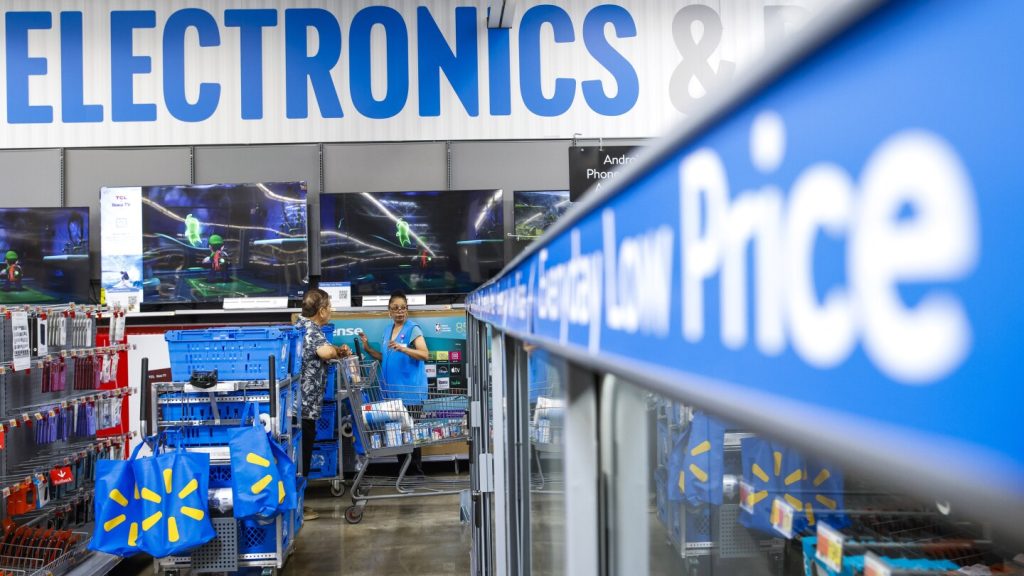Americans increased their spending at retailers last month by the most in a year and a half, according to data from the Commerce Department. Retail sales rose 1% from June to July, with strong gains seen in auto dealers, electronics and appliance stores, and grocery stores. This increase in consumer spending provided reassurance that the U.S. economy is still resilient, despite the pressure of high interest rates. Vice President Kamala Harris plans to roll out policies to ban “price gouging” on groceries, while former President Donald Trump criticized the economic record of the Biden-Harris administration.
Economic data released on Thursday also showed positive signs, with businesses holding onto workers and not increasing layoffs. Economists at Morgan Stanley have raised their forecast for growth in the July-September quarter to a 2.3% annual rate. The overall outlook suggests that the economy is heading towards a “soft landing,” where the Federal Reserve raises interest rates to cool inflation without causing a recession. Many economists now expect the Fed to begin cutting interest rates next month with a modest quarter-point reduction in its key rate.
Sales rose about 0.8% last month when adjusted for inflation, indicating that consumers are still willing to spend. Auto sales jumped 3.6%, while sales at electronics and appliances stores surged 1.6%. The increase in consumer spending is supported by rising wages and wealth, as well as low layoffs and solid activity in services industries. However, some economists are concerned that increased spending may be driven by credit card usage, leading to a rise in credit card payment delinquencies. Despite this, cooling inflation could provide households with a needed boost, as consumer prices rose just 2.9% in July from a year earlier.
Retailers like Walmart have reported strong sales, with more Americans shopping at lower-priced outlets. Companies are starting to offer lower prices to attract consumers, which is helping slow inflation. Some consumers, like Evan Louey-Dacus from New York City, have shifted their spending towards discount grocers and second-hand items to cope with high prices. Arie Kotler, CEO of a convenience chain, has noticed shoppers cutting back on discretionary items like snacks and candy bars, possibly due to struggles with high credit card interest rates. Overall, the data suggests that the economy is still on track for steady growth, with consumer spending remaining a key driver of economic activity.


